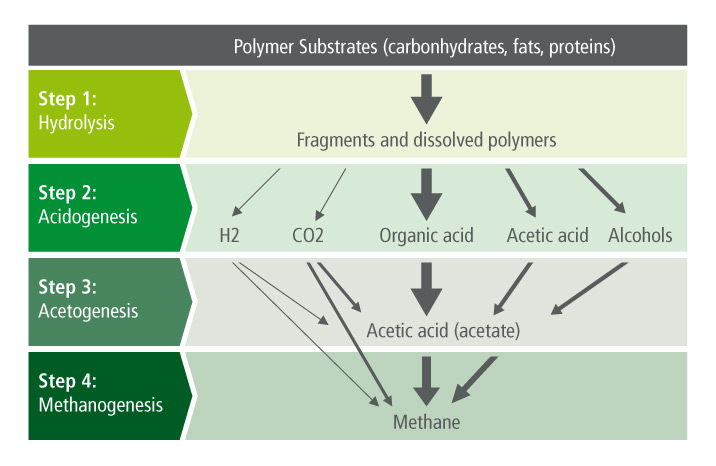Renewable energies
Bioenergy is not a synonym for renewable energy per se, but rather form
part of the portfolio of renewable energies and consist of biogas,
landfill gas, sewage gas, bio-fuels like bio-ethanol and bio-diesel,
pallets, and wood combustion. Examples of other renewable energy sources
of non biological origin are wind, solar, and waves.
Characteristics of bioenergy
Bioenergy always requires a biological source (biomass), which can be
renewed within a human lifetime. Examples of common biomass used for
energy are wood, compostable material, agricultural crops, algae,
biological waste, manure, meet, and vegetable oil.
Within the renewable energy portfolio, bioenergy has significantly different social, economic and environmental impact than wind and solar energies. Beside a stronger impact on job creation, the following technical characteristics distinguishes bioenergy from other renewables:
- Bioenergy is flexible in its usage and can be applied to all major energy consuming sectors of electricity, transportation (also mobility), and heating (also stream or cooling).
- Bioenergy is fuel based and requires the due consideration of the entire supply chain to design optimised concept and project solutions. The main determining factors are the availability of raw fuel or feed within a certain geographic area, and the transportation costs thereof.
- Bioenergy is storable and can be produced and delivered according to demand. Hence, it also has the ability to supply base-load and/or peak-load electricity.
The conversion of raw biomass to consumable energy by end-users can be done with different technology options, which are grouped into:
- Direct combustion
- Thermo-chemical conversion
- Physical-chemical conversion
- Biological-chemical conversion
Anaerobic digestion
Biological-chemical conversion usually refers to anaerobic digestion
which is a sequence of microbiological sub-processes, in which
microorganisms break down the content of biomass in the absence of
oxygen. In biogas production plants the optimal environmental conditions
for the microbiological process are created to optimise conversion
efficiency of the bacteria aiming to maximise the specific biogas yield
per ton organic dry matter. The process is adapted from the natural
digestion process in human and animal stomachs. Anaerobic digestion also
takes place naturally inside landfill sites and is used in water
treatment facilities with the primary objective to remove organic
impurities in wastewater. These gases are usually referred to as
landfill gas or sewage gas.

